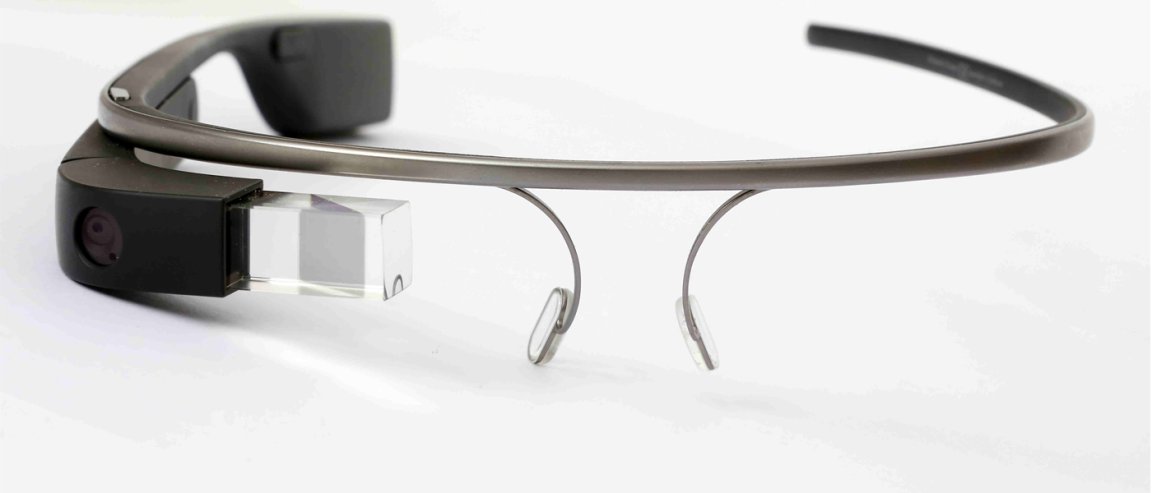
Alternate customers
Anybody who says the words “Google Glass” in public is bound to get sneers and laughs, as much as anybody actually seen wearing the flopped product. Surprisingly, the once-hyped AR headwear is looking like it found its niche in a more specialized environment.
Members of Boeing’s research and technology division have just finished a pilot program where they used the original Google Glass to construct aircraft wire harnesses. Construction of these harnesses is a painfully complex process. Technicians have to manually build them out, a painstaking process based on PDF assembly guide viewed on a laptop screen. Now, the introduction of Google Glass into the process resulted in a reduced production time of the wire harnesses by 25 percent and has even cut error rates in half.
Through an app called Skylight, the wearer can scan a QR code that pulls the wireless harness software, and then scan another code that loads the assembly instructions. The app supports voice commands, so the technician can just say the wire code and Glass will display the insertion slot for the wire. For any hiccups, Glass can stream to an expert’s laptop, or play instructional video for any issues that might arise.

A New Direction
This looks like the new trend for Glass and its future counterparts. Consumer sales may have failed to make the grade, but organizations from private business to NASA have expressed interest in adopting Glass and AR technology for business and production purposes.
From the looks of it, Google is set on focusing on enterprise work for the next iterations of Glass, now called Project Aura. Images and other information have been leaking about their new business-focused product, from an unintended eBay listing to pictures from the FCC.